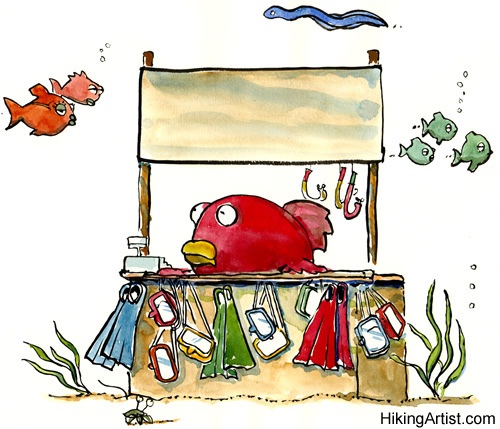
Economic Rights – Part 5 – Merchandising Rights
Previous
 Now that we have covered all the rights pertaining to the book itself, it is time to look at the merchandising rights. These cover the right to sell products based on the book’s characters, setting or any other aspects of the book, even if it leads to creating a whole brand identity. This can be clothing, food, lunchboxes, notebooks’ covers, mobile phones cover’s, stickers, perfume, sticking plasters or any other non book product related to the original literary work.
Now that we have covered all the rights pertaining to the book itself, it is time to look at the merchandising rights. These cover the right to sell products based on the book’s characters, setting or any other aspects of the book, even if it leads to creating a whole brand identity. This can be clothing, food, lunchboxes, notebooks’ covers, mobile phones cover’s, stickers, perfume, sticking plasters or any other non book product related to the original literary work.
Traditionally, authors are ill-equipped to monetize the merchandizing potential deriving from their book, should the book be successful. Products are as material as stories are immaterial and producing requires vastly different skills than producing the other.
So, as a yet unknown writer, it might seem a minor concession to sign off merchandizing rights when signing a publishing contract. Actually it is… provided it includes a clause enabling reverting merchandising right if the publisher does not exploit them within a certain time period.
Of course, in the case of self-published writers, the merchandising rights could be ceded piecemeal, meaning the right to merchandise T-shirts based on the book characters to A, the right for dolls impersonating characters to B, the right to produce a perfume line to C etc.
Realistically though, the only literary genre that gives rise to substantial merchandising are children and Young Adult books, and then usually only after the book has been either serialized on TV or became a blockbuster.
Also, epublishers almost never even mention merchandising rights, nor do the majority of Indie’s publishing house, so this only is relevant when signing with one of the imprints of the Big 6, which increasingly becomes the exception rather than the rule.
This means the majority of today’s new authors do keep the merchandising rights pertaining to their book. Whether they exploit them and turn them into ready money once they reach fame is an entirely different story…